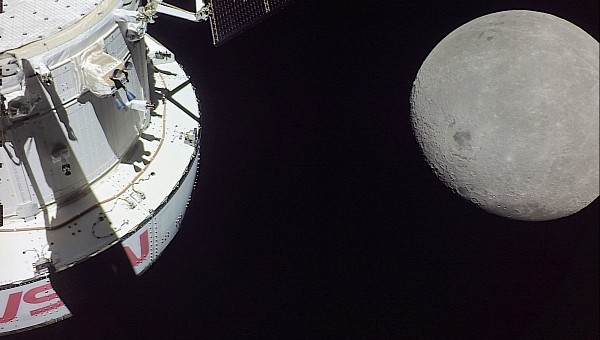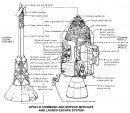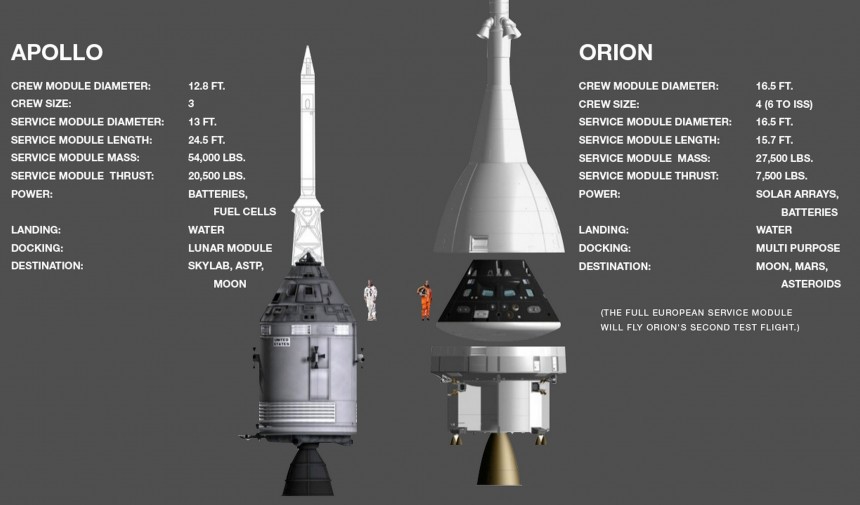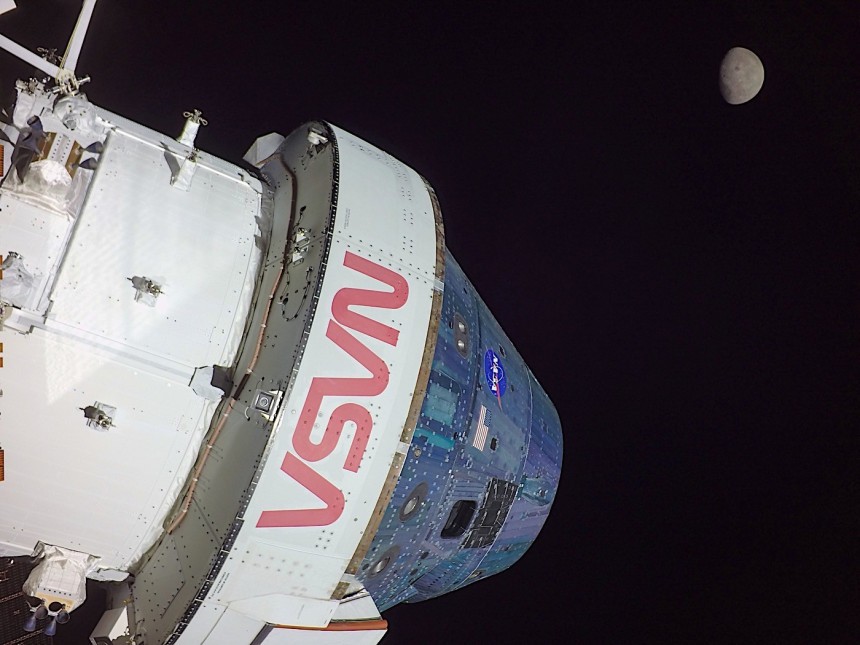Lockheed Martin, the brilliant engineering team behind Artemis I's flagship Orion Space Capsule, has claimed it is indeed capable of going to Mars one day. Based on the first Artemis mission's performance so far, we have absolutely no reason to doubt them so far.
It was flight day 13 for Artemis I when its brilliant Orion crew module, production number 002, reached a distance of 268,563 miles(432,210 km) away from Kennedy Space Center Launch Complex 39B, from which it was launched. From T-0 all the way to the Moon, nearly every aspect of the Orion module's vital systems have performed flawlessly.
Be it the Aerojet-Rocketdyne AJ10 main engine, its vital life-support systems, and even the Callisto amenities suite complete with Amazon Echo on the European Service module. Thus far, NASA and the European Space Agency have had nothing to frown or fret about. When compared to the savage frustration of consecutive launch scrubs dating back to late August before this successful one, it's all the sweeter.
"Because of the unbelievable can-do spirit, Artemis I has had extraordinary success and has completed a series of history-making events," said NASA Administrator Bill Nelson. "It's incredible just how smoothly this mission has gone, but this is a test. That's what we do – we test it, and we stress it." NASA's trademark test-as-you-fly strategy does make for some disappointing launch scrubs. But as we're all witness to at this very moment, that's the strategy that's going to bring humans back to the Moon and who knows where else.
It's all too easy to minimize the importance of the first Artemis mission on the grounds that there are no living, breathing human beings floating about inside the capsule. But keep in mind one thing, NASA has a tendency to plan for things years or decades in the future. That said, both Orion 003 and 004 spacecraft currently under construction are planned to be technologically superior to 002 and have been planned to be for almost a decade.
But perhaps the biggest change you'll come to find between Artemis I's Orion with that of II and III is not in the design of the crew capsule itself. But rather, NASA aims to build an even higher quality crewed space vehicle with a lighter curb weight and better energy efficiency. But this time, doing so with a fraction of the staff and personnel.
Cutting costs has been a pet peeve of Artemis program critics since day one. That said, the ability to consolidate large, unwieldy production teams into streamlined, smaller groups will do wonders for satisfying these critics. "As we fly, we will learn and adapt the spacecraft to the missions as needed," Assistant Orion Program Manager Paul Marshall explained in a statement to NASA last September.
This could include modifying crew systems or crew interfaces to help astronauts perform future missions as smoothly as possible. Any improvements made to Orion's design will be applied by Lockheed Martin's Spacecraft, Test, Assembly, and Resource (STAR) Center in Titusville, Florida, which opened in 2021.
As of late 2022, Lockheed-Martin has agreed to supply Orion capsules for Artemis missions II, III, IV, and V. Plans are in place to allocate funding for Orions for missions VI through VIII at the bare minimum. If all goes according to plan, expect that production orders to only increase. As of right now, Artemis II is planning to take three Americans and one Canadian on the first circumnavigation of the Moon's orbit that didn't involve an unforeseen explosion since the Apollo 10 mission in May 1969.
After this, the Artemis III mission is planning to bring human boots back onto the surface of another heavenly body for the first time since 1972. 53 years is a heck of a lot of time to be waiting. But if the end result is human colonies on the Moon and Mars, we say it was well worth the wait.
Be it the Aerojet-Rocketdyne AJ10 main engine, its vital life-support systems, and even the Callisto amenities suite complete with Amazon Echo on the European Service module. Thus far, NASA and the European Space Agency have had nothing to frown or fret about. When compared to the savage frustration of consecutive launch scrubs dating back to late August before this successful one, it's all the sweeter.
"Because of the unbelievable can-do spirit, Artemis I has had extraordinary success and has completed a series of history-making events," said NASA Administrator Bill Nelson. "It's incredible just how smoothly this mission has gone, but this is a test. That's what we do – we test it, and we stress it." NASA's trademark test-as-you-fly strategy does make for some disappointing launch scrubs. But as we're all witness to at this very moment, that's the strategy that's going to bring humans back to the Moon and who knows where else.
It's all too easy to minimize the importance of the first Artemis mission on the grounds that there are no living, breathing human beings floating about inside the capsule. But keep in mind one thing, NASA has a tendency to plan for things years or decades in the future. That said, both Orion 003 and 004 spacecraft currently under construction are planned to be technologically superior to 002 and have been planned to be for almost a decade.
Cutting costs has been a pet peeve of Artemis program critics since day one. That said, the ability to consolidate large, unwieldy production teams into streamlined, smaller groups will do wonders for satisfying these critics. "As we fly, we will learn and adapt the spacecraft to the missions as needed," Assistant Orion Program Manager Paul Marshall explained in a statement to NASA last September.
This could include modifying crew systems or crew interfaces to help astronauts perform future missions as smoothly as possible. Any improvements made to Orion's design will be applied by Lockheed Martin's Spacecraft, Test, Assembly, and Resource (STAR) Center in Titusville, Florida, which opened in 2021.
As of late 2022, Lockheed-Martin has agreed to supply Orion capsules for Artemis missions II, III, IV, and V. Plans are in place to allocate funding for Orions for missions VI through VIII at the bare minimum. If all goes according to plan, expect that production orders to only increase. As of right now, Artemis II is planning to take three Americans and one Canadian on the first circumnavigation of the Moon's orbit that didn't involve an unforeseen explosion since the Apollo 10 mission in May 1969.

















